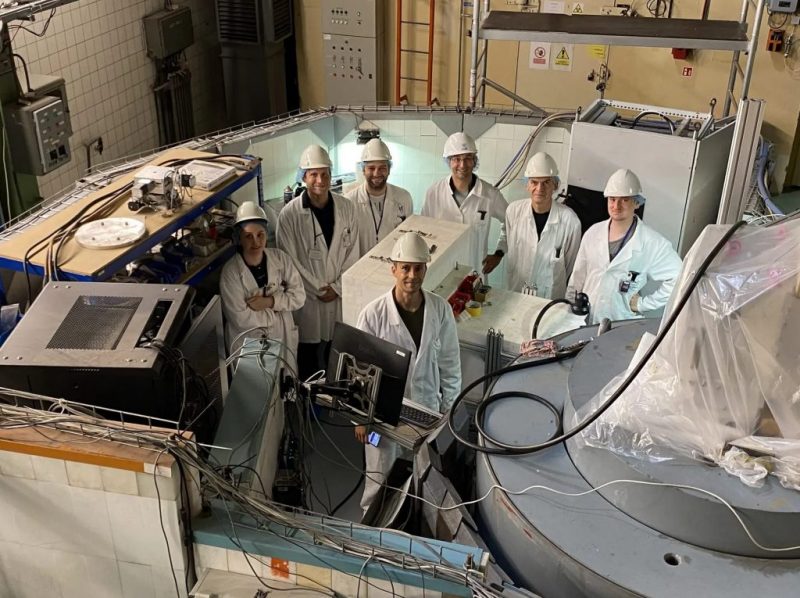
Additive Manufacturing of Aluminium Alloys Enters New Era
Colibrium Additive has joined a research project led by the Technical University of Munich (TUM) to unlock the additive manufacturing (AM) potential of high-strength aluminium alloys. In partnership with Friedrich-Alexander University Erlangen-Nuremberg (FAU) and TUM’s research reactor FRM II, the team is developing aluminium parts that are both lightweight and structurally resilient—critical properties for aerospace applications.
The project tackles a long-standing challenge in laser powder bed fusion (LPBF): aluminium alloys often crack during cooling. To overcome this, researchers are experimenting with metal powders containing special chemical additives. These additives create ceramic particles during the build process, which form a fine-grained microstructure. As a result, the method minimizes cracks and enhances the material’s strength, stability, and overall printability.
Colibrium Additive brings its metal AM expertise and LPBF process development capabilities to the collaboration. FAU contributes advanced microscopy to analyze mechanical performance, while FRM II uses neutron imaging and diffraction to inspect the parts in detail. These tools help identify micro-cracks, internal stresses, and other structural features critical for aerospace certification.
Neutron Testing Enhances Additive Manufacturing for Aerospace Aluminium
The use of neutron technology at FRM II is vital to this project’s success. Neutron diffraction reveals internal stress patterns and phase distributions in the printed aluminium. Meanwhile, neutron imaging methods like radiography and tomography detect sub-surface flaws with precision.
Neutrons offer deeper material insight than X-rays, particularly for light metals like aluminium. This advantage helps researchers evaluate the internal quality of printed parts without destructive testing. It also supports the development of aerospace components with strict safety and performance requirements.
The German Federal Ministry of Education, Technology and Space (BMFTR) supports the project with €1.17 million in funding. The program is part of its ErUM (Research into the Universe and Matter) action plan, emphasizing high-impact innovation in materials science and manufacturing.
SuperMetalPrice Commentary:
Colibrium Additive’s work with TUM marks a pivotal shift in aluminium’s role in aerospace-grade additive manufacturing. By solving long-standing cracking issues with high-strength alloys, this project brings AM closer to industrial-scale aerospace adoption. Neutron-based inspection sets a new benchmark in quality assurance, giving stakeholders higher confidence in printed components. As AM matures, collaborations like this will define the future of lightweight structural engineering.


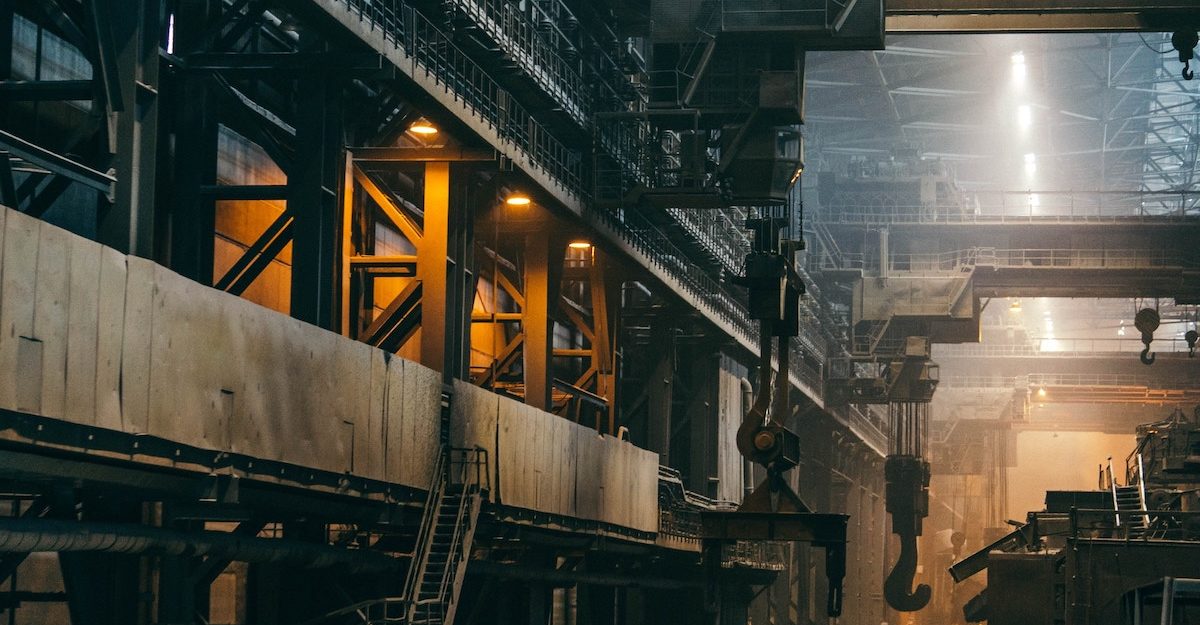




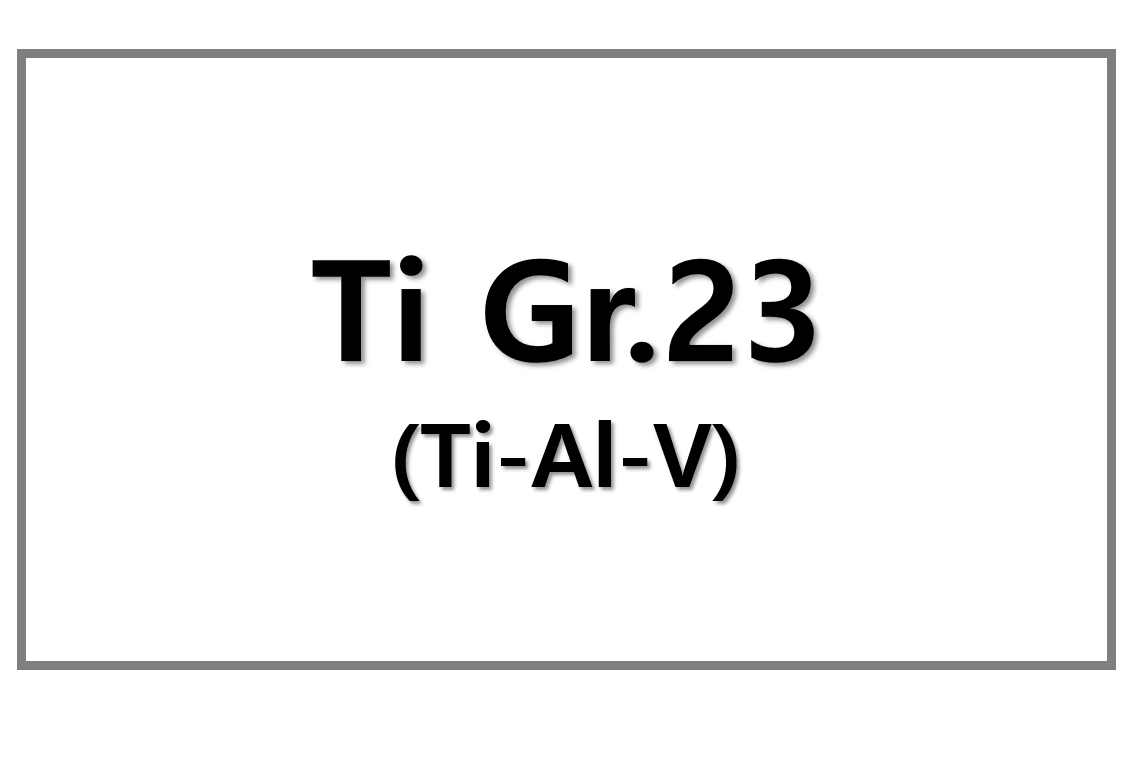
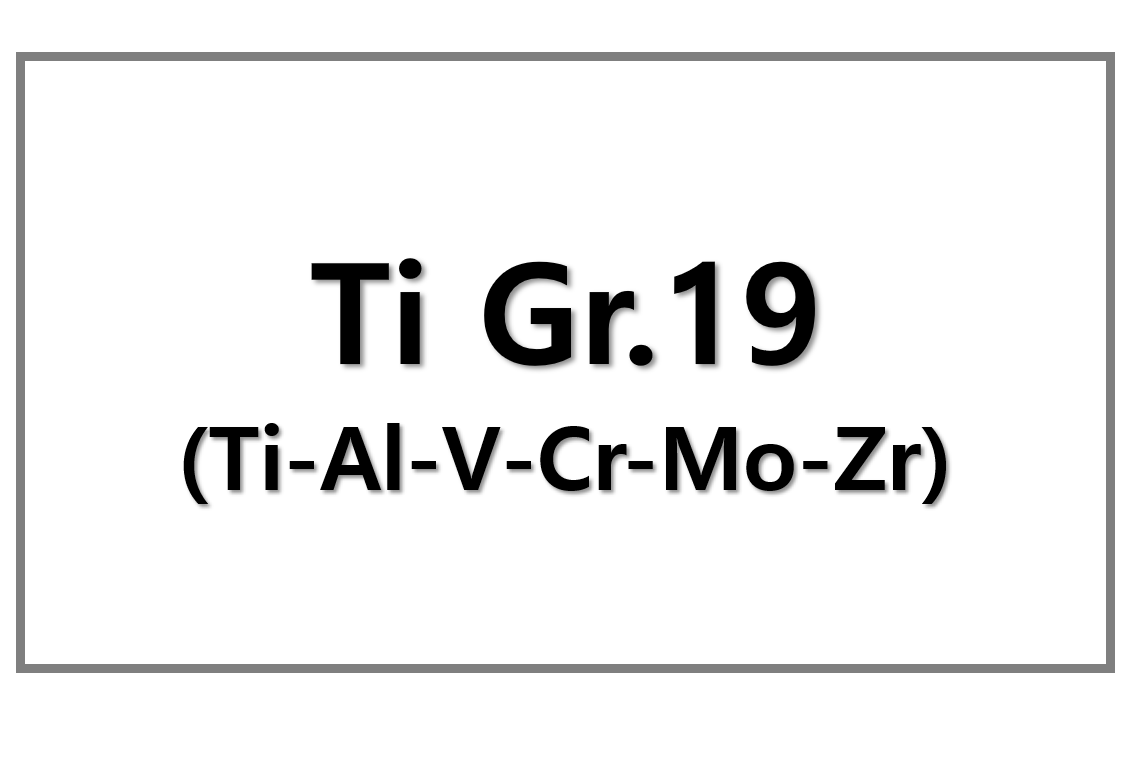
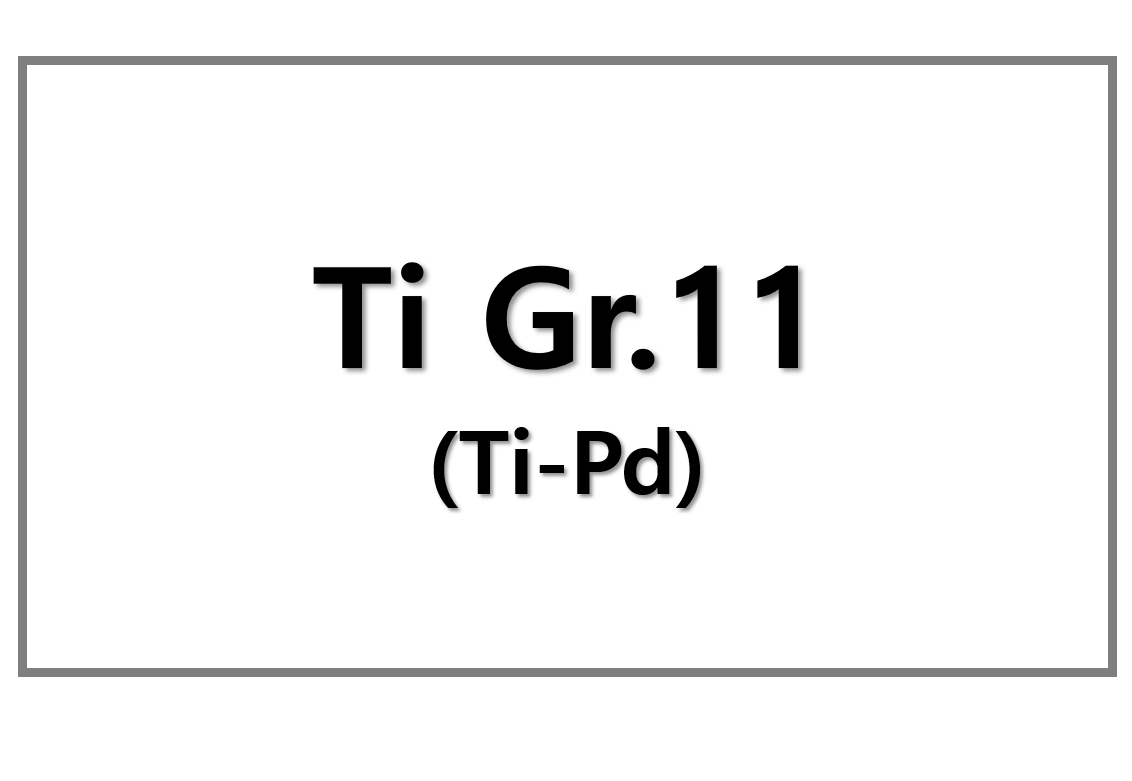
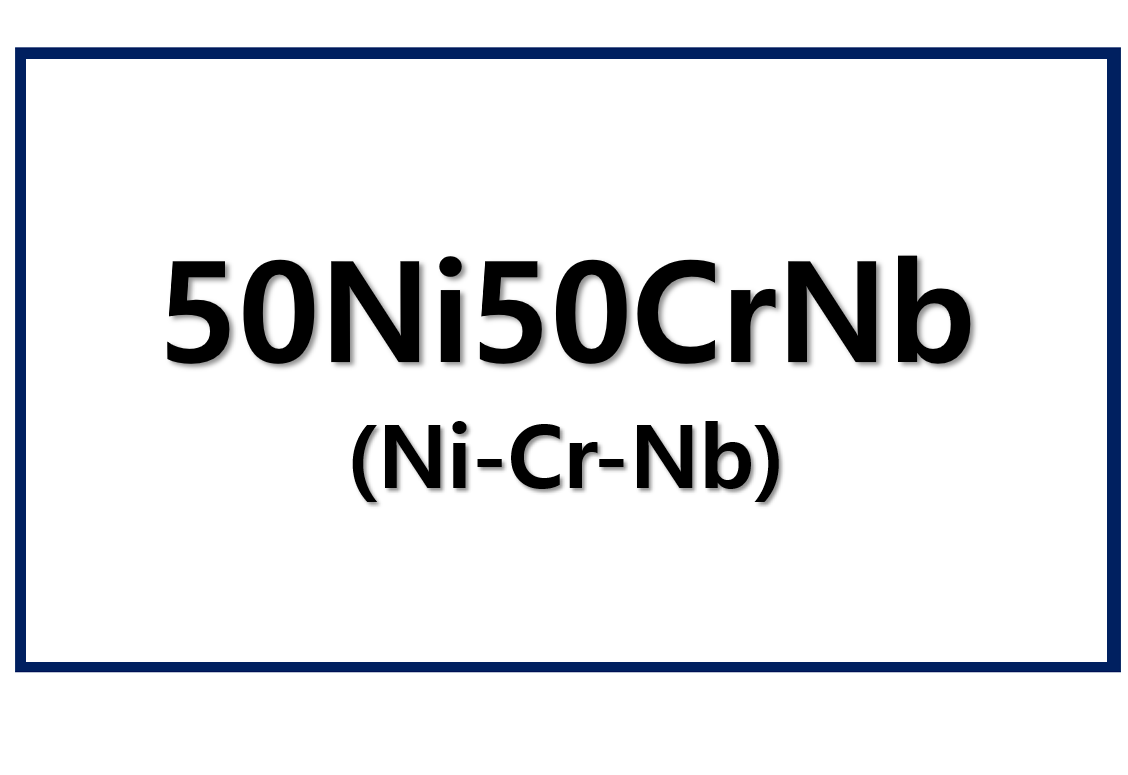
Leave a Reply
You must be logged in to post a comment.